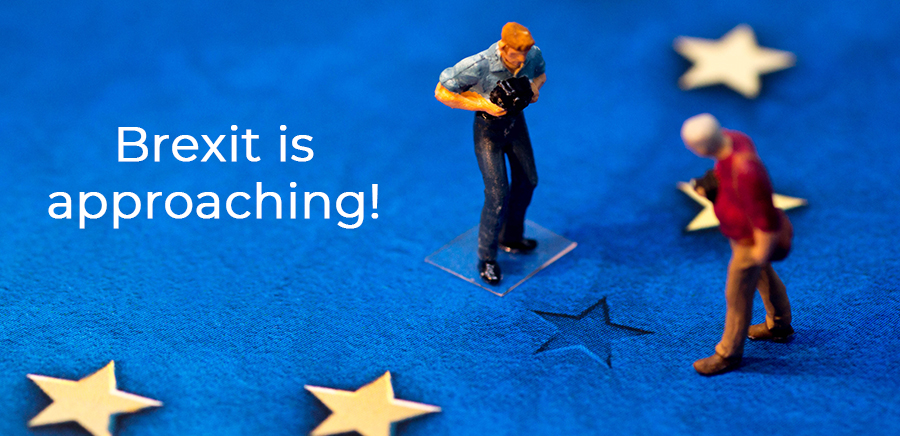
What will happen on 29 March 2019? Will the ports grind to a halt? Or will life and commerce continue as normal, unaffected by the UK’s departure from the European Union?
At this stage, in August 2018, it’s difficult to predict whether the UK will glide away from the EU with a favourable deal that defines how we trade and travel in and around Europe – or if we’ll come crashing out of Europe with no deal at all – and no means of trading efficiently with our partners in Europe.
Considering that we’re all in the dark when it comes to the negotiations, how can organisations prepare for Brexit – and whatever may come in March?
While it’s tricky to prepare for multiple potential scenarios, there are steps that procurement functions can take to reduce the risk of disruption early next year.
Research
Research: know where your suppliers are getting their supplies from. Will they be affected? How much stock do they have in reserve? Understand your complete supply chain.
Close collaboration
Have more conversations with suppliers as Brexit looms. Treat your suppliers as partners and look for ways to work together to get mutually-beneficial outcomes. Try to understand the pressures your suppliers are facing – as this may highlight risks to your supply chain.
Identify risks and priorities
Which of your suppliers are most at risk if we crash out of the EU? Which supplies are critical to your operations – and which can you survive without? Can you make alternative provisions from the UK? If you identify alternative suppliers, will you need to go through an onboarding, testing and QC process now – so that orders can be placed at short notice?

Review contracts
Now is a good time to take stock of your supplier obligations. Are you bound to particular suppliers?
Monitor the news and respond quickly to changes
With negotiations in Brussels changing by the day, procurement executives will need to monitor news closely and be prepared to change direction.
Involve other disciplines and departments in planning
Brexit isn’t just a challenge for procurement. It’s a company-wide challenge, and by working closely together, organisations stand a better chance to weathering the storm. For example, procurement may work with marketing to schedule promotions, so they avoid periods of most concern. Or procurement executives might partner with product development to build products around resources that are more readily available.
If you would like to explore how your procurement function can use technology to become more agile and more responsive to change, contact our consultants for a no-obligation conversation.

Recent Comments